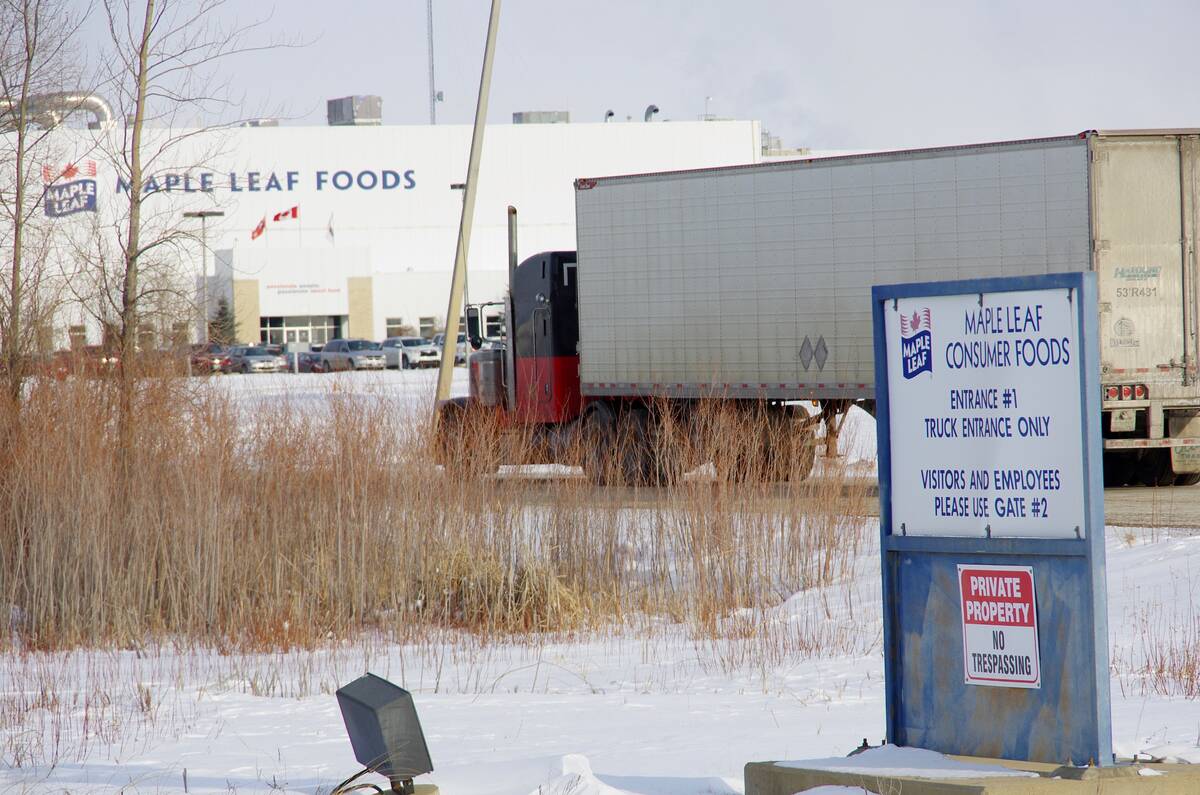AIRDRIE, Alta. – Les and Marg Gilmour retired from the farm seven years ago but that doesn’t mean they are out of the agricultural loop.
Hereford cattle have ruled their life since 1960. Through concentrated, well-planned breeding they developed high quality breeding cattle and became world travellers connected to like-minded breeders in Australia, the United States, New Zealand and Sweden. Their accomplishments as breeders earned them a place in the Canadian Hereford Association hall of fame last summer.
Les was born in Calgary and grew up at DeWinton, south of the city. When he married Marg, they farmed with her parents and he worked in the trucking industry until 1960, when they were able to buy a farm at Crossfield, Alta.
Read Also

Manitoba pork exports gain new market ground
Manitoba’s pork trade pivoted from China over the last five years, while Japan is remains the largest customer and South Korea and Mexico market footholds have grown
They started a herd of registered horned Herefords, developing a line of cattle they named Hi Standard, which built them an international reputation. The herd reached 45 cows.
It was a heady time when they joined the business. Bull prices soared, spurred by elite cattle producers seeking change and investors seeking status.
“The glory days are over. We came along at the right time,” he said.
Their key to success was a solid belief in line breeding. This studied form of inbreeding produces better cattle if they are carefully selected to improve each generation.
“It’s the only way you are going to improve cattle,” he said.
He followed the Line One program developed at the U.S. Range Livestock Experiment Station at Miles City, Montana. Line One Herefords were based on two bulls whose offspring were selected strictly on performance.
“A lot of people are into crossbreeding. I don’t agree with that. To me, it is just mongrelizing,” he said.
“Most people get into that mongrelizing and they don’t have any program or anything.”
The Gilmours’ greatest achievement was a bull named Hi Standard Lad 8Z, the result of mating full blood sisters and brothers.
“When you got into the third generation on him, the top half of the pedigree was identical to the bottom half. It was very highly predictable.”
Semen from that bull sold throughout North America and it was the grand sire of B & H Calgary 81 42L, which sold for a record $280,000 at the Calgary Bull Sale in 1981.
Most of the Gilmours’ bulls were sold at Calgary and through private sales. They won grand champion bull in 1984 at Calgary and had reserve champions in other years.
They learned by doing and listening to other breeders they met on their travels.
At the same time Les was international trade director for the Hereford association and through this job helped export 2,800 bulls to the U.S. over 22 years.
Now currency rates are on par and politics makes the export business tougher even when the U.S. border fully opens.
“It was expensive but it could be done. A lot of this stuff now is just politics and there is no rhyme or reason for it,” he said.
As they neared retirement, the Gilmours decided against a dispersal, instead selling the herd to two younger breeders. Even though their three children were not interested in taking over, Les sees younger breeders emerging who are producing high quality cattle.
“I just hope they don’t get discouraged with agriculture,” he said.
Other aspects of the cattle business have changed as well. They miss the socializing that seems to have disappeared because more people have off-farm jobs and the older members have retired.
“Now there are a lot more older people and in the younger generation both the man and the woman are working off the farm to keep the farm going,” Marg said.















